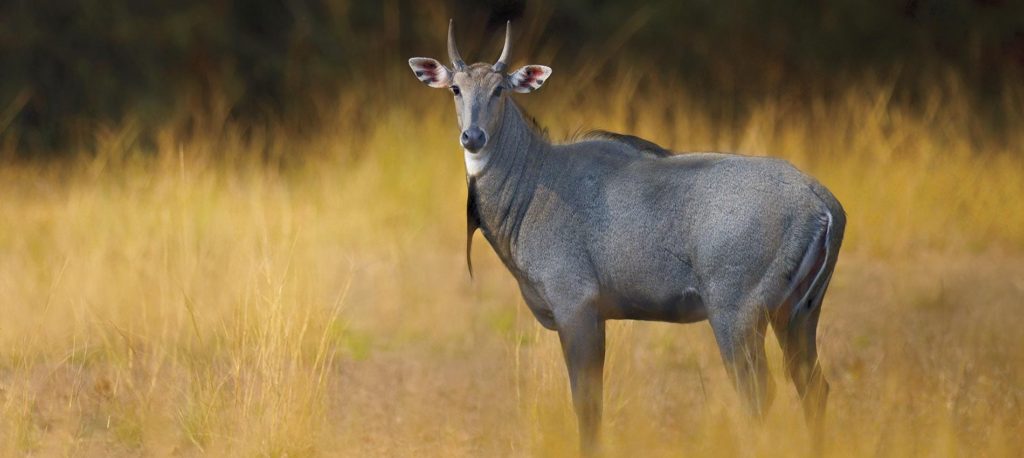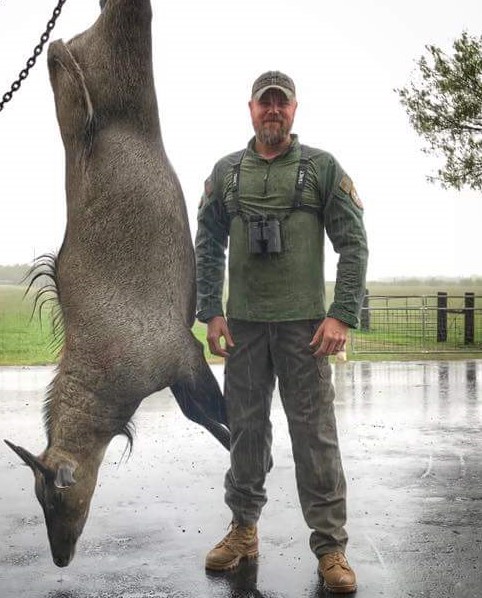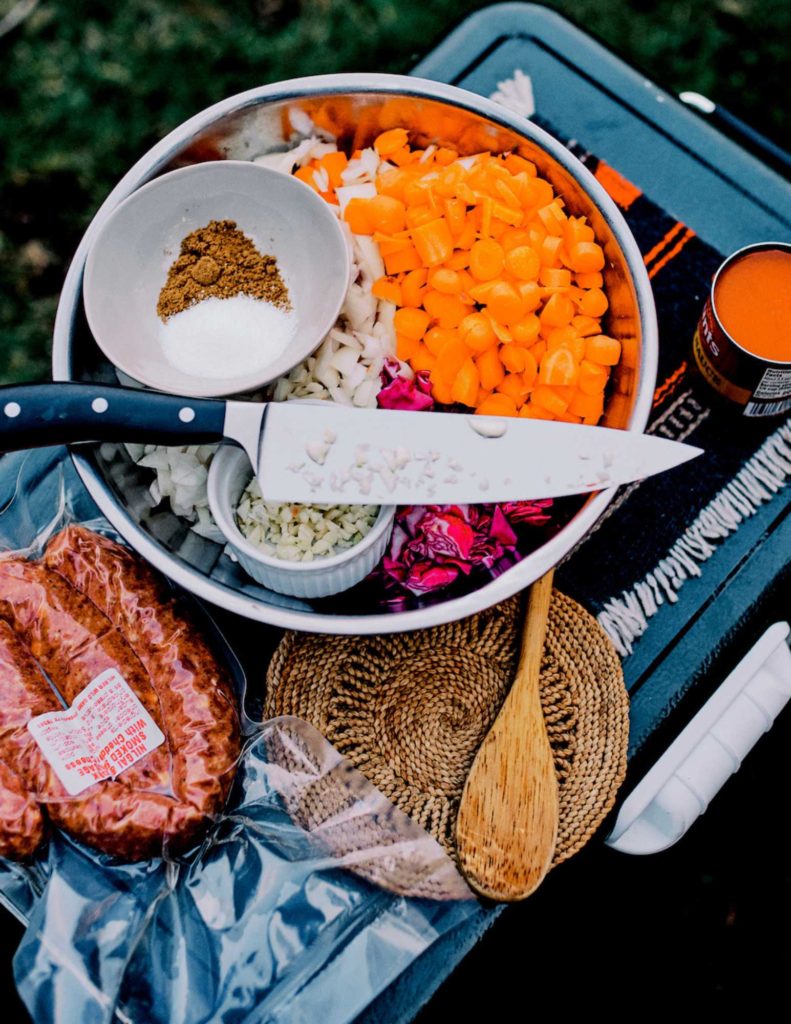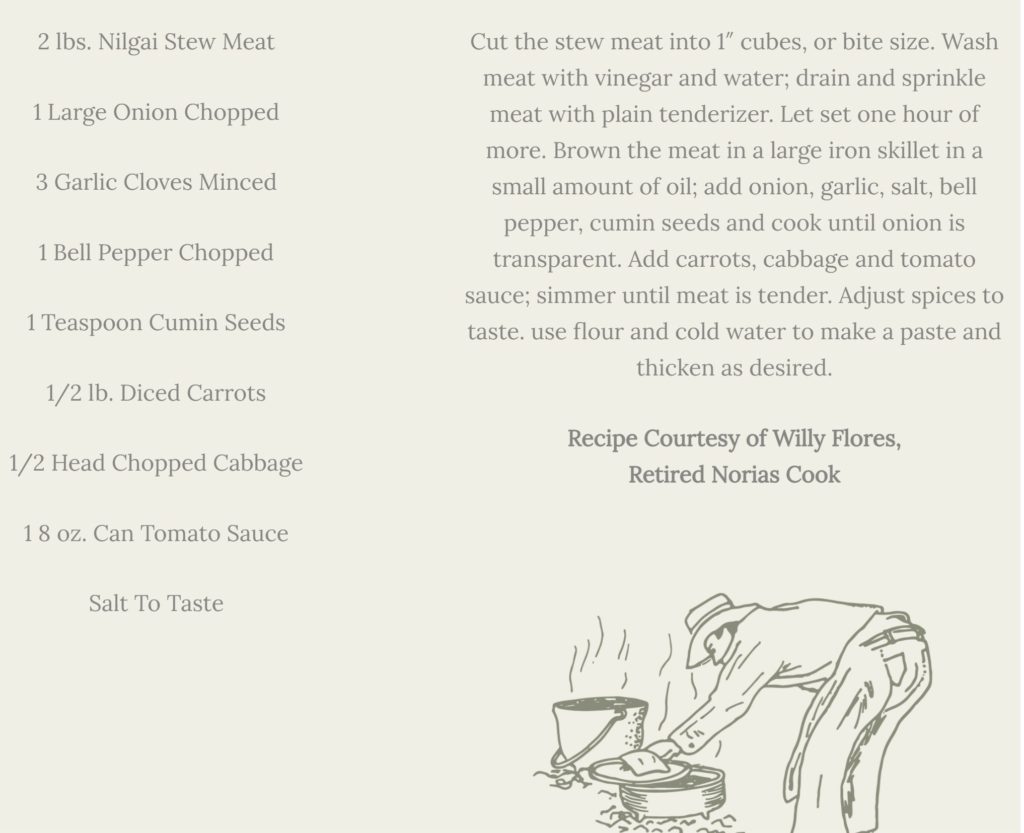Nilgai hunting is gaining rapid popularity in Texas thanks to the thrill of hunting such a large, wily animal as well as the high yield of delicious meat you get if successful.
Nilgai, originally from India, are a popular big-game species to hunt in some areas of Texas. The exotic game is highly sought after for their large size, impressive speed, and delicious meat. However, for those new to hunting, the process may be intimidating; as can any hunting pursuit in Texas where public land is non-existent.
In this beginner's guide, we'll delve into everything you need to know about nilgai hunting in Texas from their anatomy to permits and proper gear.
A Little Background on the Nilgai
Nilgai (Boselaphus tragocamelus), as known as a “blue bull,” which is derived from the Hindi word nilgaw, is a large Asian antelope species that are native to India. They were allegedly brought to the U.S. from India as zoo animals in the 1920s. A small herd, which has grown rapidly in the past 90-odd years, was released in South Texas around 1930.
Nilgai have a distinctive slate-blue coloration, hence the name blue bull. Males can grow up to six and a half feet tall at the shoulder and weigh up to 700 pounds (a lot of meat!). Males also possess a pair of sharp, curved horns.
[caption id="attachment_4182" align="aligncenter" width="630"] A Beginner's Guide to Nilgai Hunting[/caption]
A Beginner's Guide to Nilgai Hunting[/caption]
These animals are herbivores by nature and have adapted well to the brush country of South Texas, where they have become an important factor of the thriving hunting industry.
Nilgai Hunting in Texas
If you’re interested in nilgai hunting in Texas, there are a few things to consider. First, find an outfitter. Do your due diligence to find someone reputable by reading hunting publications to see who they’d recommend, reading reviews, and checking references. The outfitter will help you with licenses through the Texas Parks and Wildlife Department.
Before your trip, it is also essential to ensure that you are physically and mentally prepared for the hunt, including proper conditioning and mental focus. One ties into the other. If you’re physically tired after stalking through the brush country for hours, you may not be mentally equipped for an ethical shot when the moment arrives. As we always say, plan, prepare, practice.
The nilgai’s popularity in the hunting community has skyrocketed in recent years thanks to their impressive size and strength, challenging hunting experience, and delicious meat. In fact, some hunters consider them to be one of the most challenging animals to hunt for their ability to dissipate like a ghost into the landscape, heightening the appeal for experienced hunters seeking a new challenge.
Conversely, farmers have a burning passion to see them gone due to the damage they can inflict on crops. Which works out well for hunters who need access to private land. And the state of Texas, as Nilgai hunting not only offers recreational benefits but also economic advantages, as the hunting industry is a significant driver of tourism and revenue.
Gear to Take on a Nilgai Hunt
You need a rifle with power and precision for these big animals, preferably a round in .30 caliber like the .300 Win. Mag., .30-06, or even .308. Something with sufficient power that you can shoot accurately to bring down one of these big animals. A hunter might also look into shooting bullets that offer deep penetration and maximum expansion that are being manufactured by companies like Hornady.
Atop that rifle must sit a good riflescope with a wide range of magnification and wide field of view. Nilgai in South Texas can give you a 30- or 300-yard shot. That country is dense in many places and wide open in some. So you want the versatility in a scope that can also stand up to the environment and perform well in low light, as these are the times when nilgai, like most big game animals, are active.
When it comes to selecting a hunting knife for field dressing and processing a nilgai, don’t skimp on quality. Much like an elk or moose, these animals have tough hides. Bring a well-built blade that can withstand skinning and deboning. You might consider interchangeable blades too.
Last but not least, control your scent. This always seems like an obvious part of the plan. And you’ll likely be led on stalks where, hopefully, the guide knows to put the wind in your faces. Take care to properly wash and store your clothes ahead of the hunt.
Tips for Nilgai Hunting
Always walk into the wind, as we mentioned above. Visibility is not great in a lot of South Texas. You never know when you may happen upon a shooter bull. If you have the wind at your back, he’d be gone before you knew he was even there.
Get in as good of shape as possible. While there’s no altitude to account for, you’re still on foot for a lot of the hunt. You may find yourself crawling on hands and knees through cover, taking wide alternate routes to get into position, or even waiting one out in an uncomfortable position.
Finally, good shooting technique is essential for accurate shots at close or long range and all positions. Practice as much as you can. These are big bulls that require well-placed shots to bring them down quickly.
[caption id="attachment_4185" align="aligncenter" width="338"] A beginner's guide to nilgai hunting[/caption]
A beginner's guide to nilgai hunting[/caption]
The Best Part
Once it’s skinned and deboned, nilgai make for some fine table fare. Cool the meat for a day or two if you can. This will also make removing the silver skin much easier before you process or send to a processor. For thick cuts such as roasts, braising is an effective way to tenderize and flavor the meat with vegetables and herbs for a delicious meal. You can also make some great tacos with these cuts. Once the meat is tender and falling apart, flash fry it in a hot pan with a little olive oil.
With thinner steaks and chops from the tenderloin, backstrap, or skirt, you can’t beat a hot grill. A little flour and oil in a skillet will go a long way as well. With careful handling and preparation, hunters can enjoy tasty meals made from their own harvested nilgai for many, many months.
From The King Ranch Kitchen: Nilgai Stew Recipe
[caption id="attachment_4190" align="aligncenter" width="595"] A beginner's guide to hunting nilgai[/caption]
[caption id="attachment_4188" align="aligncenter" width="603"]
A beginner's guide to hunting nilgai[/caption]
[caption id="attachment_4188" align="aligncenter" width="603"] A beginner's guide to hunting nilgai[/caption]
A beginner's guide to hunting nilgai[/caption]
